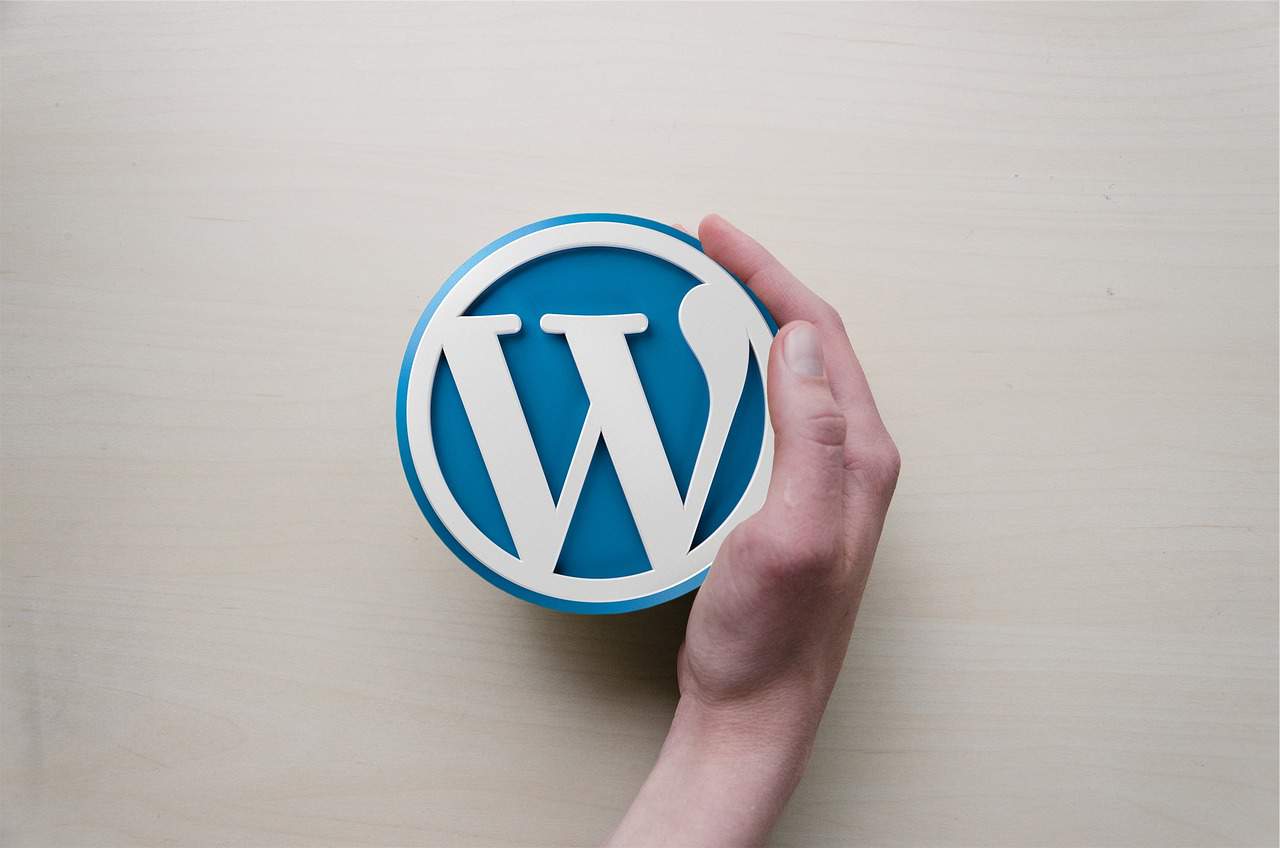WordPress, also known as WP, is a powerful tool for creating and managing websites. It is an open-source platform that allows users to build anything from personal blogs to large business sites easily. WordPress offers various design options, themes, and plugins to enhance any website. In 2024, there is a focus on improving website performance, embracing new technologies, and ensuring security and accessibility. It is important for website owners and developers to stay ahead of these trends to create engaging, high-performing websites that meet their audience’s needs.
Setting up a WordPress site is simple. You can download and install it yourself or use WordPress.com for a faster setup. Customization is easy with no coding required, making it accessible to everyone, regardless of technical skills. To make your website live, choose a hosting service and secure a domain name. WordPress supports automatic updates to keep your site current. Users can also manage their site using popular developer tools like SFTP, SSH, and WP-CLI.
WordPress in 2024: Speed, Security, and Seamless Experiences
Core Web Vitals Optimization
Google’s Core Web Vitals are now key metrics for website performance and search engine ranking. Optimizing your WordPress site for loading speed, interactivity, and visual stability will be essential in 2024. Tools like PageSpeed Insights can help you identify areas for improvement.
AI-Powered Features
Artificial Intelligence is revolutionizing website functionality. Integrating AI-powered chatbots, personalized recommendations, and content generation tools can enhance user engagement and streamline website management.
Headless WordPress
Headless WordPress architecture, which separates the front-end and back-end of your site, offers greater flexibility and scalability. This approach allows developers to use modern JavaScript frameworks while still leveraging WordPress’s powerful content management capabilities.
Block Themes and Full Site Editing
The Gutenberg block editor is evolving to enable full site editing. This means you can customize every aspect of your WordPress site using blocks, from headers and footers to entire page layouts. This trend streamlines website design and empowers users to create unique websites without extensive coding knowledge.
Enhanced Security Measures
As cyber threats continue to evolve, robust security measures are crucial for WordPress websites. Regularly updating WordPress core, plugins, and themes, along with implementing strong passwords and two-factor authentication, will help protect your site from vulnerabilities.
Accessibility and Inclusivity
Making your WordPress website accessible to all users, including those with disabilities, is not only a good practice but also a legal requirement in many jurisdictions. Design your site with clear navigation, alt text for images, and sufficient color contrast to ensure everyone can access and enjoy your content.
Table of Key Trends
| Trend | Description | Benefits |
|---|---|---|
| Core Web Vitals Optimization | Improving loading speed, interactivity, and visual stability | Better user experience, higher search rankings |
| AI-Powered Features | Integrating AI-powered chatbots, recommendations, and content generation | Increased user engagement, streamlined management |
| Headless WordPress | Separating the front-end and back-end of your site | Flexibility, scalability, modern development tools |
| Block Themes and Full Site Editing | Customizing every aspect of your site using blocks | Simplified design, greater creative control |
| Enhanced Security Measures | Regular updates, strong passwords, two-factor authentication | Protection against vulnerabilities, safeguarding user data |
| Accessibility and Inclusivity | Clear navigation, alt text, sufficient color contrast | Reaching a wider audience, complying with regulations |
As WordPress continues to evolve in 2024, staying ahead of these trends will be crucial for website owners and developers. By prioritizing performance, embracing new technologies, and ensuring security and accessibility, you can create a WordPress website that excels in the digital landscape.
Key Takeaways
- WordPress allows easy creation and management of websites.
- Customization is simple, requiring no coding skills.
- It supports automatic updates and popular developer tools.
Building Your WordPress Website
Creating a WordPress website involves several key steps. This guide will walk you through choosing a hosting provider, selecting a domain name, designing with themes and plugins, creating and editing content, extending functionality, optimizing, and maintaining your site.
Choosing a Hosting Provider
The first step in building a WordPress website is choosing a hosting provider. Important factors include uptime, speed, and customer support. Popular choices include Bluehost and SiteGround, both of which offer plans tailored for WordPress users.
Managed WordPress hosting is highly recommended. It simplifies tasks like updates and backups, allowing you to focus on your content rather than technical details. Evaluating the features offered by each host can help you make the best choice.
Selecting Your Domain
Your domain is your website’s address. Select a domain name that is easy to remember and reflects your brand. Many hosting providers also offer domain registration services, allowing you to manage both hosting and domain through one account.
Consider using a custom domain name for a professional look. Once you register your domain, you can connect it to your hosting account and start setting up your site.
Designing with Themes and Plugins
WordPress offers a variety of themes and plugins. Themes control the look of your site, while plugins add functionalities like contact forms and SEO tools. Free themes are available, but premium themes provide more features and customization options.
To design your site, activate a theme and customize it through the WordPress dashboard. Use the block editor to create pages and posts with drag-and-drop ease. Integrate widgets for added functionality.
Content Creation and Editing
Creating content is the heart of your WordPress website. Use the block editor to add text, images, and other media. Navigate to WordPress > All posts > Add a new post to start creating.
Organize your posts with categories and tags. Experiment with different content blocks to make your posts more engaging. A well-structured post improves readability and helps in search engine optimization.
Extending Website Functionality
Extend your site’s functionality with plugins. For example, install WooCommerce to create an online store. There are thousands of WordPress plugins available for various needs like security, social media integration, and more.
Choose plugins from trusted developers. Ensure they are compatible with your version of WordPress and that they receive regular updates. This practice keeps your site secure and functional.
Optimization and Analytics
Optimizing your site for speed and visibility is crucial. Use caching plugins to enhance load times. Search engine optimization (SEO) plugins help improve your site’s visibility on search engines by adding meta tags and generating sitemaps.
Analytics tools track visitor behavior. Google Analytics integrates easily with WordPress and provides insights into your audience. This data helps refine your content and marketing strategies.
WordPress Management & Maintenance
Regular maintenance ensures your website runs smoothly. Update WordPress core, themes, and plugins to protect against vulnerabilities. Regular backups are also important. Many managed WordPress hosting providers include automated backups.
Monitor your dashboard for updates and issues. Regularly review and clean up old content, inactive plugins, and themes. This maintains your site’s performance and security.
By following these steps, you can effectively build and manage a WordPress website. Each element plays a crucial role in ensuring your site is functional, secure, and engaging for visitors.
Frequently Asked Questions
This section addresses common queries about using WP in web development and content management.
What are the common applications of WP in web development?
WP, or WordPress, is widely used to create websites and blogs. It’s also popular for e-commerce, portfolio sites, and business websites. WP offers flexibility and thousands of themes and plugins to suit different needs.
How does WP function in the context of content management systems?
WP functions as a user-friendly content management system (CMS). It allows users to add, edit, and manage content easily. It supports various media types and offers features like customizable themes and plugins for extended functionality.
What are the benefits of using WP for website creation and management?
Using WP simplifies website creation with its intuitive interface. It offers a wide range of themes and plugins, making it easy to customize sites. WP is also SEO-friendly, which helps improve search engine rankings. Regular updates enhance security and performance.
In what ways can WP be optimized for better performance on social media platforms?
WP can be optimized for social media using plugins. Tools like Yoast SEO help ensure content is shared with the best metadata. Social sharing buttons can be added to posts to increase visibility and engagement.
Can WP be integrated with other software, and if so, how?
Yes, WP can be integrated with various software tools. Plugins enable integration with CRM systems, email marketing services, and payment gateways. For example, WooCommerce helps integrate WP with several payment processors for e-commerce sites.
What steps are involved in creating a website using WP?
First, install WordPress on a web host. Next, choose a theme and customize it to fit the website’s needs. Then, install necessary plugins for added functionality. After that, create pages and posts, adding content and media. Finally, adjust settings and optimize for SEO and performance.







